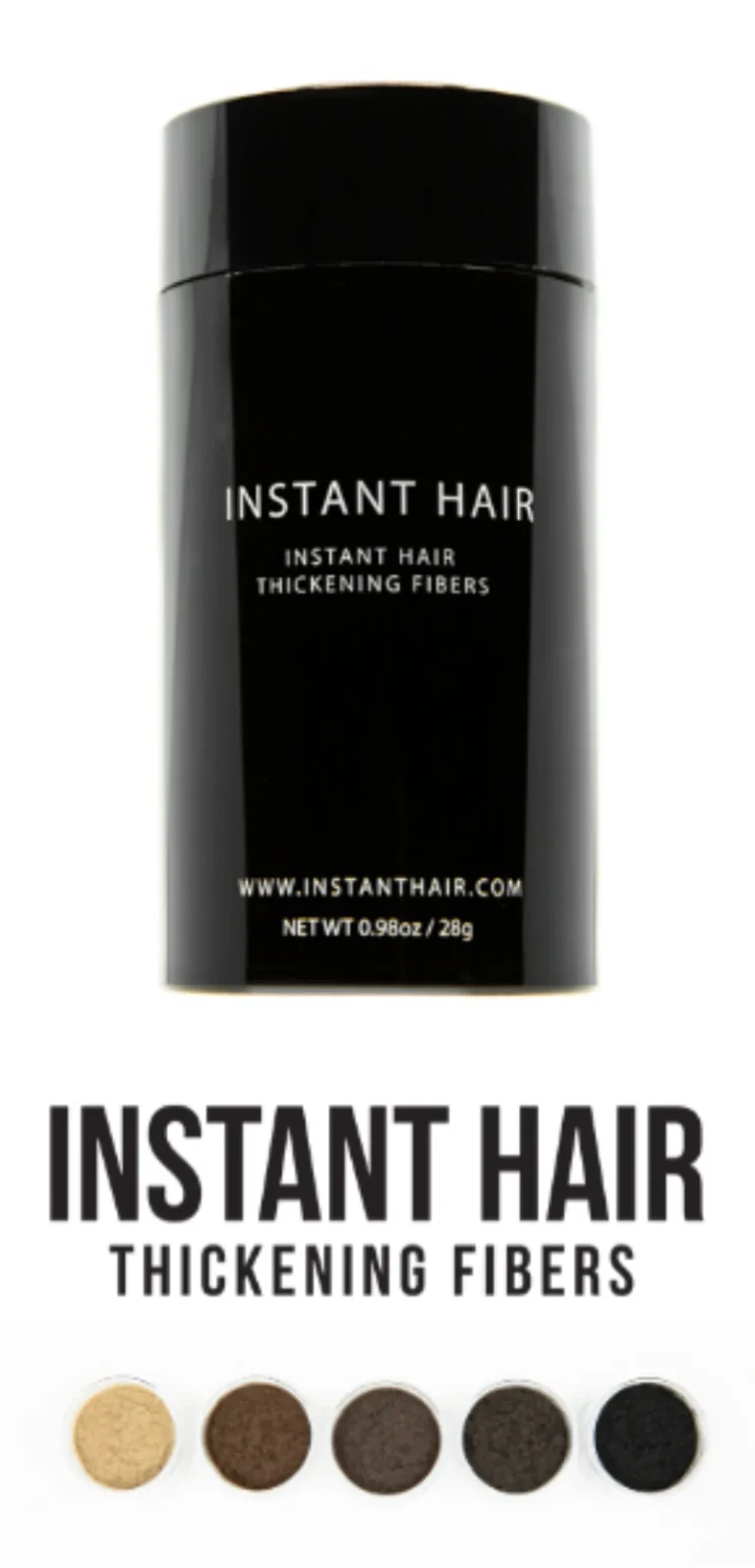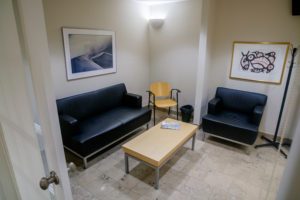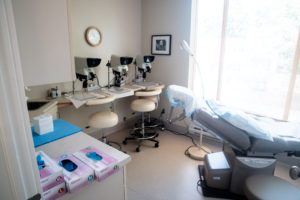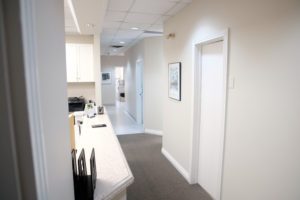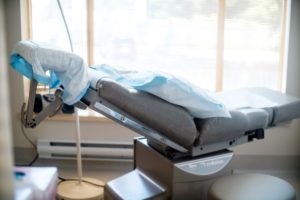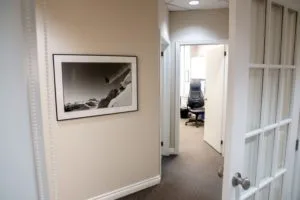2025 Edition Complete Guide to Hair Transplant Costs & Pricing
We have put together this comprehensive guide to help you assess the multiple factors that affect the cost of a hair transplant surgery.

- Home
- Hair Restoration
- 2025 Edition Complete Guide To Hair Transplant Costs
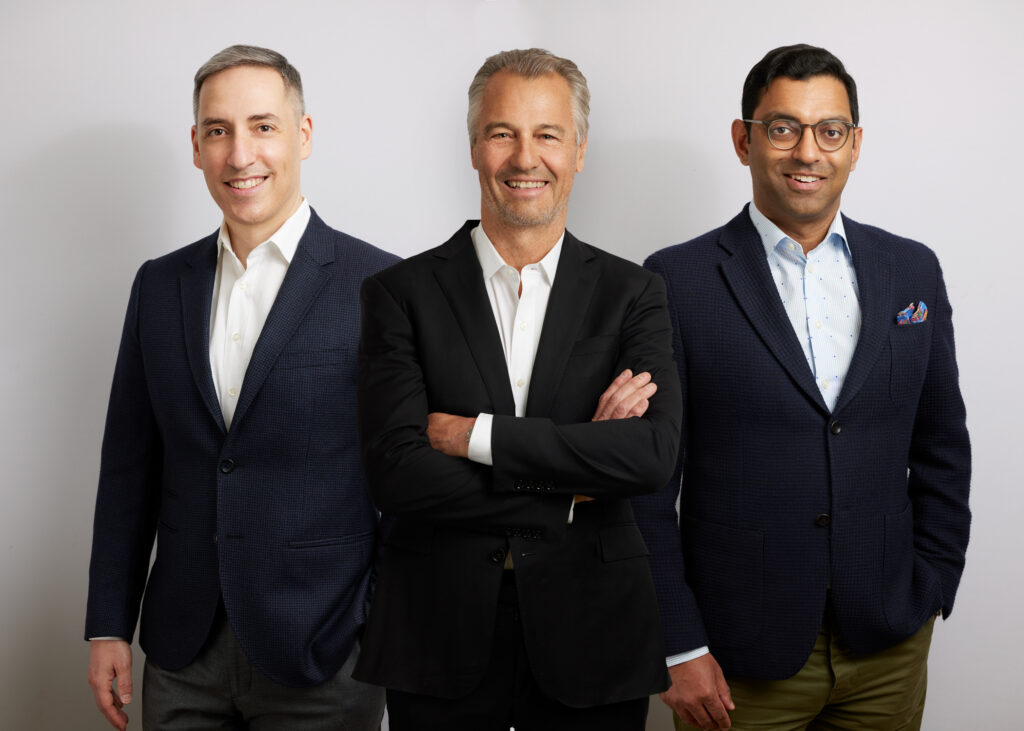
Toronto Hair Transplant Surgeons are internationally known for our pioneering work in hair transplantation.
Hair Transplant Toronto Cost Per Graft – Toronto Hair Transplant Surgeons
Introduction to Hair Restoration
Hair restoration is a specialized medical approach designed to help individuals experiencing hair loss regain natural hair growth and density. The most widely used method is hair transplantation, which involves relocating healthy hair follicles from a donor site—typically the back or sides of the scalp—to areas affected by thinning or baldness. The success of hair restoration depends on several factors, including the number of grafts required, the specific hair transplant procedure chosen, and the expertise of the surgeon performing the treatment. Hair transplant costs can vary significantly based on these elements, as well as the complexity of the case and the desired outcome. By understanding the fundamentals of hair restoration, including the different procedures and associated costs, individuals can make informed decisions about the best way to address their hair loss and achieve lasting, natural-looking results.
Understanding Hair Loss
Hair loss, medically known as androgenic alopecia, is a widespread condition that affects both men and women, often leading to concerns about appearance and self-confidence. The most common form, male pattern baldness, is characterized by progressive thinning hair and receding hairlines, typically following a predictable pattern. Genetics, hormonal changes, and environmental factors all play a role in the development of hair loss. For many, hair transplantation offers a permanent and effective solution, restoring hair growth and density in areas impacted by baldness. The cost of a hair transplant is influenced by the extent of hair loss and the number of grafts required to achieve the desired coverage. By addressing the root causes of hair loss and tailoring the treatment to each individual, hair transplantation can help restore not only hair but also confidence and quality of life.
Demand for hair transplants has risen dramatically in recent years, and “How much does a hair transplant cost?” is now one of the most frequently asked questions surrounding the procedure. On this page, you will find some of the most frequently asked questions our clients have had in considering whether or not to pursue a hair transplant with us. We hope this provides you with a comprehensive guide to help you in your decision-making process.

- Stop Overpaying for Hair Transplants
- How Do You Know How Much a Hair Transplant Costs?
- What is Cost per Graft?
- Training and Qualifications
- Which type of hair transplant procedure suits you better?
- What is the location of the clinic?
- How Much Does Travel cost?
- Do you have Financing Options?
- How Many Sessions are Required?
- What is the Potential Cost after a Transplant?
- What is Follicular Unit Excision for Hair Restoration?
- How Much Does FUE Cost?
- What Is a No-Shave FUE?
- Benefits of the No-Shave FUE Method
- FUE vs. FUT: What’s the Difference?
- Comparing Hair Restoration in Other Countries
- Shopping for the Best Hair Restoration Surgeon
- Lower Costs, Improved Results
- The Toronto Hair Transplant Surgeons Difference
- Financing Option at the Toronto Hair Transplant Surgeons
STOP OVER PAYING FOR HAIR TRANSPLANTS
Unfortunately, hair transplantation as an industry is prone to misleading or intentionally confusing claims, including pricing. If you find a doctor or clinic whose prices are significantly lower than what others in the same area are offering, do your homework before committing to getting your surgery done there. Remember, the effects of hair transplant surgery are long-lasting, which means unsatisfactory results will stay with you for years to come.
Hair transplant costs can vary based on several factors, such as the clinic session fee, location, and procedure type.
As you’ve undoubtedly discovered if you’ve done any research into the topic, there is not a one-size-fits-all answer to this question. That’s because there are so many factors impacting the final cost of a hair transplant, including who performs the procedure, the geographical location of the clinic, the technique involved and the number of grafts required.
Many people who are considering a hair transplant may feel intimidated by conflicting reports on price, availability and the pros and cons of different hair transplant procedures. As you start to contact different hair restoration doctors, you will probably find their price quotes vary widely. Hair transplants are now more accessible and affordable than ever before, so if you are one of the millions of people whose quality of life would benefit from this procedure, you owe it to yourself to fully understand all the variables that impact cost.
That’s why we’ve put together this thorough guide to helping you understand hair transplant costs and what to look for when you are considering this life-changing procedure.
Hair Transplant Consultation
A hair transplant consultation is a crucial first step for anyone considering hair restoration. During this initial meeting, a qualified hair transplant surgeon will carefully evaluate the pattern and extent of hair loss, discuss the patient’s goals, and recommend a customized treatment plan. The consultation provides an opportunity to ask questions about the hair transplant procedure, understand the expected results, and review the associated costs. It is also a time to address any concerns and ensure that the patient has realistic expectations about the process and outcomes. A thorough consultation helps lay the foundation for a successful hair transplant experience, ensuring that individuals are well-informed and confident in their decision to move forward with the procedure.
Our Results

Toronto Hair Transplant Surgeons are internationally known for our pioneering hair transplantation work.
Our huge archive is here to help you see what we can do for you. Use the link below to view some sample cases.
HOW DO YOU KNOW HOW MUCH A HAIR TRANSPLANT COSTS?
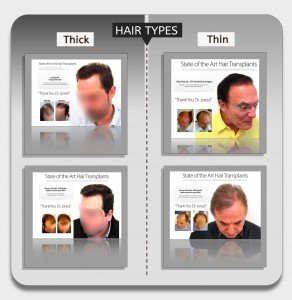
For example, the transplant cost in Toronto can differ from other cities due to local market factors and individual clinic pricing structures.
WHAT IS COST PER GRAFT?
Many clinics charge for hair transplants by or per individual graft, which can initially be confusing. The price per hair transplant graft is a key metric used by clinics in Toronto. You may see a quote such as “$3 per graft,” which of course appears to be quite low. However, depending on the extent of hair loss, it is quite common for patients to need between 1,500 and 3,000 hair grafts. The total cost of a hair transplant is determined by multiplying the cost per graft by the number of grafts needed. Cost per graft is the most significant factor influencing the cost of hair transplant surgery. Understanding the total hair transplant cost requires considering both the number of grafts needed and the price per graft.
THTS Gallery
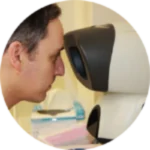
Familiarize yourself with our layout before you come in.
Visit the gallery to take a peek at our Oakville based clinic layout and surgical rooms.
TRAINING AND QUALIFICATIONS
The person or people who perform the procedure can be another variable affecting the total price tag. For example, you may expect to pay more by choosing a doctor with more extensive training who personally does the procedure, as opposed to a hair transplant facility where a team of nurses complete the surgery under the supervision of a doctor. Additionally, the physician’s experience is a key factor that can affect the overall cost of a hair transplant, as more experienced doctors may charge higher prices due to their skill level and expertise.
WHICH TYPE OF HAIR TRANSPLANT PROCEDURE SUITS YOU BETTER?
Today, there are two primary hair transplant methods: follicular unit transplantation, or FUT, and follicular unit extraction, or FUE. There is typically a price difference between these two techniques because FUT involves extracting the donor hair graft in one large section, or strip, rather than taking out the hair follicles in individual bundles. In general, FUE is more labor-intensive than FUT, and tends to be correspondingly more expensive. FUE grafts are harvested individually using advanced manual and robotic techniques to ensure high quality and natural results. Transplanting individual follicular units helps achieve optimal hair density and a natural appearance. Whether you opt for a manual hair transplant or a robotic one can also affect the final cost. The clinic session fee is just one part of the total cost; the entire procedure cost includes multiple components.
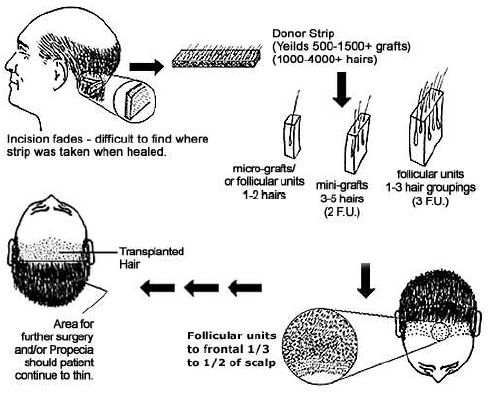
The average cost of a hair transplant procedure tends to be more expensive in large population centers that have a higher number of hair transplant clinics, because the competition among these clinics will drive an increase in prices.
Hair Transplant Technology
Modern hair transplant technology has revolutionized the field of hair restoration, offering patients more effective and minimally invasive options than ever before. Two of the most advanced techniques are follicular unit extraction (FUE) and follicular unit transplantation (FUT). FUE involves the precise extraction of individual hair follicles from the donor site, allowing for a natural-looking result with minimal scarring. In contrast, FUT involves removing a thin strip of hair-bearing skin from the donor area, from which follicular units are then separated and transplanted. Both methods are designed to deliver natural-looking results, but FUE is often preferred for its less invasive approach and quicker recovery time. The choice between FUE and FUT can influence the overall cost of the hair transplant procedure, as well as the number of grafts that can be transplanted in a single session. Advances in hair restoration technology continue to improve outcomes, making it possible to achieve fuller, more natural hair with less downtime.
Preparation and Aftercare
Proper preparation and diligent aftercare are essential components of a successful hair transplant procedure. Before the surgery, patients are typically advised to follow specific guidelines, such as avoiding certain medications, refraining from smoking, and preparing the scalp as directed by their surgeon. After the procedure, following a tailored aftercare routine is vital to promote healthy hair growth and minimize the risk of complications. This may include gentle washing, avoiding strenuous activities, and attending follow-up appointments to monitor progress. The cost of a hair transplant may also include fees for aftercare products and post-operative visits, which are important for ensuring the best possible outcome. By adhering to preparation and aftercare instructions, patients can maximize the benefits of their hair transplant and enjoy a fuller, healthier head of hair for years to come.
HOW MUCH DOES TRAVEL COST?
The rise of medical tourism has also led to the popularity of traveling abroad to countries like Thailand, Turkey and India to receive a hair transplant. If you choose to go to a different country to seek hair restoration surgery, be sure to factor in the costs of airfare, meals and hotel stays.
DO YOU HAVE FINANCING OPTIONS?
Most health insurance policies will not offset the cost of a hair transplant because it is considered to be elective surgery. In Canada, most insurance plans do not cover hair transplants, as they are considered cosmetic procedures, except in cases where the procedure is reconstructive surgery due to trauma or disfigurement.
Many hair transplant clinics offer financing to make it easier for patients to break up their payments in installments, rather than paying it off in one lump sum. Be sure to have clear expectations of the payment schedule at the clinic you are choosing. Most clinics also accept major credit cards such as Visa, MasterCard, and American Express for convenient payment.
HOW MANY SESSIONS REQUIRED?
Some cases, particularly for patients with more advanced stages of hair loss, require more than one session to achieve the desired results. The number of sessions you need is another significant factor influencing the final cost of hair transplant surgery. The number of sessions required depends on the size of the balding areas and the severity of hair loss. An area of hair loss the size of a fist generally requires 1,200 to 1,500 hair grafts. The Norwood scale is commonly used to assess the stage of male pattern baldness and estimate how many grafts may be needed.
As a good rule of thumb, hair loss regions that are about the size of your fist usually take about 1,500 grafts to fill. Patients with more extensive hair loss may require more grafts to achieve their desired results. Using this trick, you should be able to visually estimate how many grafts you may need.
WHAT IS THE POTENTIAL COST AFTER A TRANSPLANT?
Along with the cost of the hair transplant surgery, there may be costs associated with the recovery process, such as antibiotics or pain medication. Some surgeons also prescribe hair-growth drugs like minoxidil to ensure even better results.
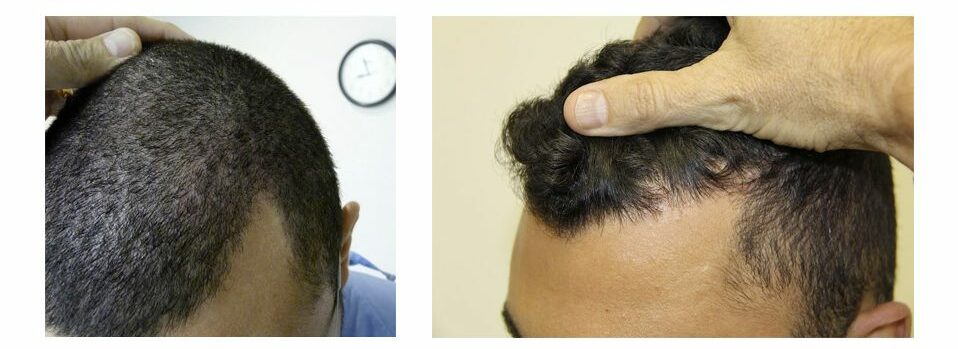
WHAT IS FOLLICULAR UNIT EXCISION FOR HAIR RESTORATION?
Hair restoration has come a long way since the days of conspicuous, unnatural-looking “plug-style” surgery. The field of hair restoration continues to evolve in terms of techniques and technologies that make the process much easier and lead to extremely natural-looking results. Hair transplant treatment is a comprehensive process that involves careful planning, selecting the appropriate technique such as FUT or FUE, and calculating costs based on the number of grafts to ensure quality results. Modern hair replacement techniques use existing hair on other parts of your head or body to regrow hair and restore hair density. Follicular unit extraction, or FUE, is the paramount method of hair transplantation available today.
An FUE hair transplant is a minimally invasive, outpatient procedure that is not only virtually painless but also leaves no scarring. Your hair replacement surgeon will remove hair follicles from the donor site in tiny bundles. Transplanting donor hairs one at a time gives the surgeon full control over the placement and direction of each hair in the thinning or bald area. The results of FUE are totally natural, undetectable and permanent, and have shorter recovery times than older surgical techniques as well. In most patients, the grafts become fully secure in about eight days after surgery, and the surgical wound in the donor area usually heals within one to two weeks.

HOW MUCH DOES FUE COST?
Here are factors that can influence the cost of FUE in Canada:
- An FUE hair transplant is considered a cosmetic procedure which provincial insurance plans in Canada, unfortunately, do not cover.
- Depending on individual hair-loss patterns, there’s a chance that more than one FUE hair transplant session will be required.
- FUE hair transplant costs in Canada increase with the level of expertise of the physician, but it is our opinion that it is a necessary investment. We highly recommend that you select a physician who has the necessary qualifications and experience to guide you through this important decision.
- Regardless of where you are located, if you are considering an FUE hair transplant, any physician you consider should be a member of the International Society of Hair Restoration Surgery. To maintain their membership in ISHRS, physicians must meet established educational criteria over time such as serving in leadership positions, having the American Board of Hair Restoration certification, publishing scientific papers and teaching in scientific programs.
- The cost of a hair transplant procedure varies depending on the method or type of procedure required. Depending on the recommended course of action for you, there is typically a price difference between follicular unit transplants (FUT) and follicular unit excision (FUE). These two techniques differ because of the labour or effort required during both the extraction and harvesting phase(s) of the surgery. While FUT involves extracting the donor hair grafts in one large section, FUE hair transplant costs are impacted by the extra effort required to take out the hair follicles in individual bundles. FUE is definitely a more labour-intensive method for both the surgeon and team, and they’re correspondingly more expensive.
- Equipment costs for the procedure can alter the price of your surgery. Innovation and keeping up with the latest technologies can mean some clinics have higher costs.
- Staff and labour costs involved with the procedure.
- The complexity of the hair transplant such as primary/secondary/tertiary transplant.
- The number of grafts that are transplanted – generally speaking, the higher the number of grafts required, the higher the costs. Most clinics use a sliding scale to calculate cost based upon the grafts.
WHAT IS A NO-SHAVE FUE?
The traditional approach to FUE requires the doctor to shave the treatment area. However, patients who opt for FUE hair restoration – especially anyone who is used to wearing their hair longer – may be embarrassed about going back to work or resuming normal daily activities after treatment, unless you are planning to take an extended leave of absence until all your hair has grown back to its pre-procedure length.
An option called no-shave FUE is now available for anyone who wants to keep their hair restoration as inconspicuous as possible. With this method, the surgeon only has to trim the donor follicle hairs, while keeping all other hair at the same length. During the procedure, the doctor will conceal the trimmed donor follicles among the remaining full-length hair, resulting in a completely normal, natural post-transplant appearance. Small, one-centimetre donor areas enable the surgeon to keep the FUE process and eventual outcome virtually undetectable for both men and women.
The Toronto Hair Transplant Surgeons’s ability to provide this state-of-the-art procedure at a reasonable cost speaks directly to the innovation, research and experience of our doctors with the procedure. Dr. Jones’ pioneering ability to refine his technique and skills and his subsequent mentorship and personal one-on-one training with Dr. Huber as well as the addition of Dr. Alexander puts our team of doctors at the forefront of the industry.
BENEFITS OF NO-SHAVE FUE METHOD:
- Patients can resume normal activities immediately.
- Ideal for patients with scarring from previous hair transplant procedures; linear scars from the earlier method remain undetectable.
- No-shave FUE fully conceals harvested donor sites.
FUE VS. FUT: WHAT’S THE DIFFERENCE?
The primary difference between FUE and other hair transplantation techniques, such as strip surgery, is the method the doctor uses to harvest the hair follicles. With the strip technique – which is also called follicular unit transplantation, or FUT – the surgeon removes a section of scalp and dissects the individual hair follicles from the strip under the magnifier before grafting them into the desired area. Proportionally, FUT will yield more hair grafts than FUE. Therefore, if you have relatively large areas of hair loss, an FUT hair transplant can often give you more density of grafts in one session, making it a more cost-effective option for getting closer to attaining a full head of hair. When performed by an experienced hair transplant surgeon, both FUE and FUT can provide excellent results. There are pros and cons to both approaches – usually including cost – but in general, the FUE technique is associated with more comfort, a shorter recovery time and the most natural-looking results without any scarring.
COMPARING HAIR RESTORATION IN OTHER COUNTRIES
Aside from the potential of significant cost savings, traveling to another country to get a hair transplant gives people the opportunity to get their surgery done incognito. It also provides a built-in excuse for a vacation to a foreign country, allowing the patient to heal while they enjoy exploring new sights, sounds and scenery.
Aside from being outstanding destinations for a foreign getaway, countries like India, Mexico, Costa Rica, the Dominican Republic, Turkey, Thailand and the Philippines serve thousands of hair restoration patients each year. While the price of hair transplants abroad is generally less expensive than it is in most Canadian and U.S.-based clinics, the same factors that influence the differences in cost still apply to foreign countries. As we mentioned earlier, there are also travel expenses to consider when seeking hair restoration abroad.
Shopping for the Best Hair Restoration Surgeon
Ultimately, when it comes to hair restoration surgery, you owe it to yourself to make sure you are getting the best value for your money. An unqualified or inexperienced person may offer cut-rate pricing in an attempt to lure new patients. If you see a lower price advertised than what you have come to expect from other doctors, research the facility and credentials to see if you can find out why.
Former patients’ results are the best way to evaluate the capabilities of a hair transplant clinic or doctor. Reviewing former patients’ before-and-after photos or videos can provide you with the most accurate idea of the quality of work a given doctor can provide.
At the Toronto Hair Transplant Surgeons, our doctors and surgical team use proven medical protocols, along with the most advanced equipment and technology available. By focusing on providing outstanding results, we ensure excellent patient satisfaction across the board.
LOWER COSTS, IMPROVED RESULTS
Surgical technique, your surgeon’s experience, the number of grafts required and the location where you choose to get your hair transplant are all factors that play a significant role in your final hair transplant cost.
Ultimately, you should not focus solely on finding the lowest available cost for your hair transplant, but instead on getting the best results for the price. The goal is to get a hair transplant that will improve your quality of life for years to come.
The Toronto Hair Transplant Surgeons offers both FUT and FUE surgeries. As leading Canadian hair transplant physicians, Dr. Huber, Dr. Alexander, and Dr. Jones are three of the most sought-after hair surgeons from patients from around the world. Not only do they set the standard for patient care and outstanding outcomes, but they personally perform all transplant sessions themselves, taking great care in determining the success of each surgery.
Dr. Jones pioneered the highly advanced micro-follicular unit extraction technique and incorporated this into his hair transplants to provide the best-quality grafts. This is the most precise method of hair transplantation available today. Dr. Huber has trained exclusively and extensively with Dr. Jones and is the only surgeon to have this distinctive mentorship as he joined Dr. Jones in this practice partnership, and as of mid-2021 the addition of their new partner Dr. Alexander with his 10 years of hair transplant experience will both strengthen and enhance the pioneering excellence of their Oakville clinic.
If you are seeking to improve your life with hair restoration surgery, don’t let worries about pricing stand between you and the full, healthy head of hair you have always dreamed of. request consultation with the Toronto Hair Transplant Surgeons today and learn more about hair transplant costs.
THE TORONTO HAIR TRANSPLANT CENTRE DIFFERENCE
1) Clinic Inside Photos2) Financing Option At Toronto Hair Transplant Surgeons




